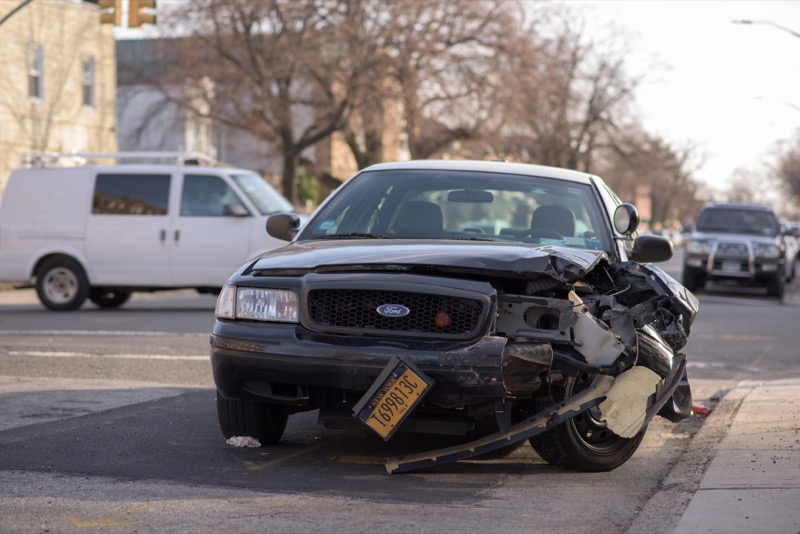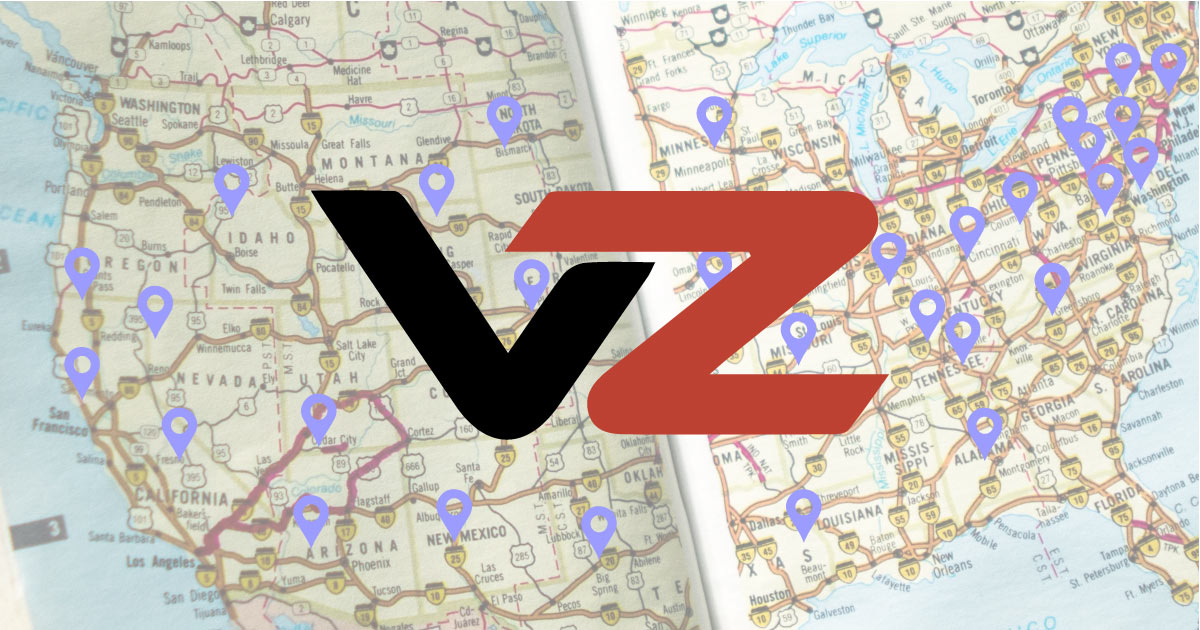One practice that almost everyone is taught when learning to drive is the shoulder check. This simple act of looking over your shoulder before changing lanes can prevent accidents and close calls. Radar-based blind spot monitoring systems, first introduced by Volvo on its 2007 S80 sedan, will let you know when a car, truck or cyclist is alongside your vehicle. The fully active design of these safety systems ensures that drivers are warned of obstacles without needing to check a display. Curious about how these systems work? Read on to find out!
How Do Radar Blind Spot Systems Work?
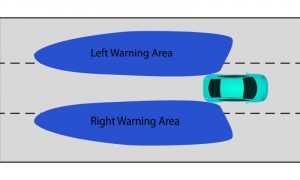
Most blind spot sensor systems use a pair of transceivers that are mounted behind the plastic bumper cover on the back of a car or SUV. The transceivers emit a radar frequency signal in a very specific pattern, then monitors the area on either side of, and behind the vehicle, for that signal to be bounced back by an object like a car, truck, motorcycle or cyclist.
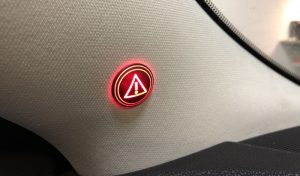
In most instances, when a vehicle or object is detected in the area covered by the blind spot, an indicator will illuminate to warn the driver. These indicators may be built into the side-view mirror or mounted on the sail panel or A pillar inside the vehicle. If the driver activates the turn signal at the same time that a vehicle is detected, the system will emit a loud beep to warn the driver that it isn’t safe to change lanes.
Aftermarket Blind Spot Safety Solutions
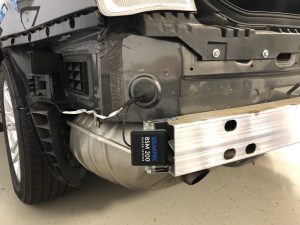
If your vehicle didn’t come with a blind spot monitoring system, your local specialty mobile enhancement retailer should have a solution available. You will want to take your vehicle to your store so they can inspect the design of the bumpers and provide a chassis or license plate frame solution that will provide optimal protection. Likewise, they’ll discuss the indicator mounting options with you before starting to work on the vehicle.
Rear Cross-Traffic Alert
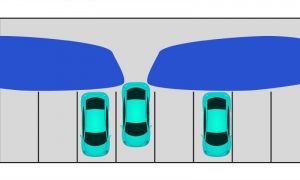
If you’re backing out of your driveway or a parking spot, it can be difficult to see vehicles approaching from the side. If you’re parked beside a van or SUV, your vision is even more restricted.
Many of the factory-installed and aftermarket blind spot systems will automatically switch to a cross-traffic alert system when you put the vehicle in reverse. The shape of the detection pattern switches from long and narrow to one that’s wide, extending up to 95 feet on either side of the vehicle.
When you start backing up, the system will provide a warning if a vehicle is approaching so you have time to stop and prevent a collision. The warning is both visual and clearly audible.
Technology Makes Driving Safer
If you’re shopping for a new vehicle, consider upgrading to one with a technology package that includes radar-based blind spot monitoring. Likewise, if you own a vehicle without one of these advanced safety systems, use our dealer locator to find a mobile enhancement specialist near you who can upgrade your car or truck.

